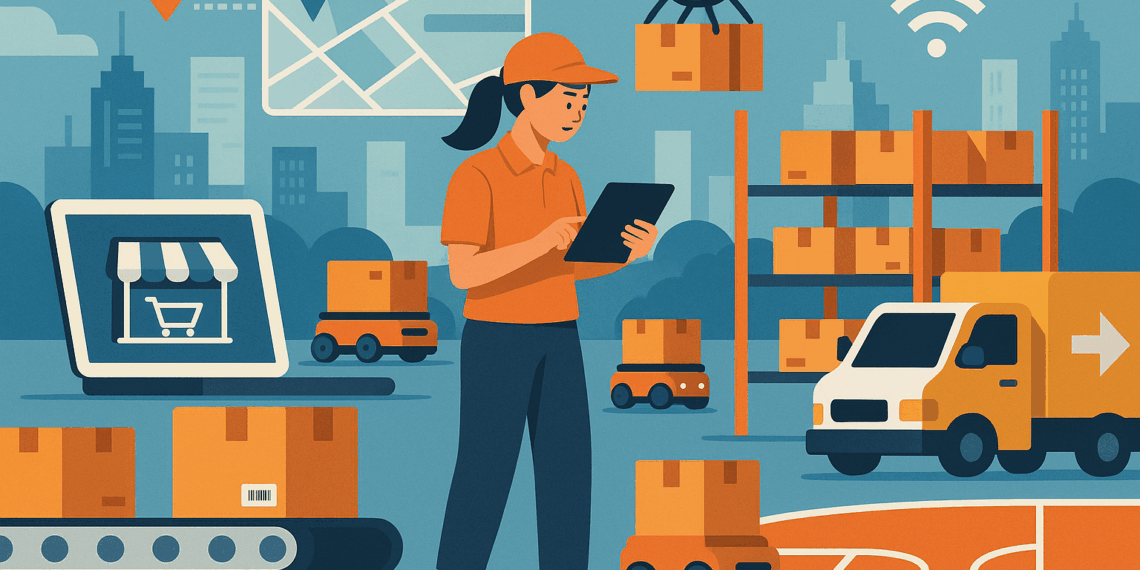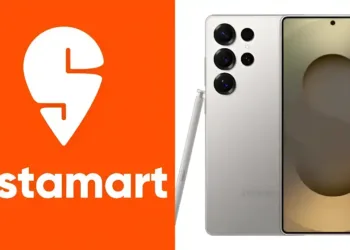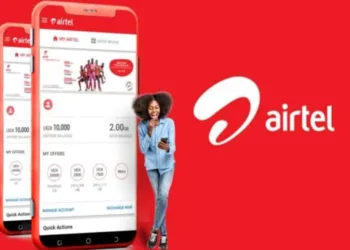E-commerce across Asia has evolved fast, powered by mobile use and rapid digital adoption. In the Philippines, online buying has moved beyond urban centres into smaller provinces. As customer demand grows, so does pressure on logistics systems. Retailers now invest in automation, last-mile tech, and integrated data systems to handle volume and meet delivery timelines.
Retail platforms also compete through mobile experiences. Seamless checkout, live order updates, and fast tracking matter to today’s users. As digital engagement expands, platforms build in promotions, user rewards, and betting-related apps to drive retention. Some link with features like 1xbet mobile for targeted campaigns tied to shopping patterns and entertainment preferences.
Technology reshapes how goods move, how fast they arrive, and how retailers build trust through fulfilment. This shift defines the future of retail in the region.
Table of Contents
Automation and Warehousing Systems
One major shift is automation in fulfilment centres. Retailers use robots to pick items and pack orders. This speeds up the shipping process. High-volume centres can now manage thousands of orders per hour with fewer workers on site.
Smart shelves update stock in real time. When one item runs low, the system sends alerts for restocking. These warehouse management tools help avoid out-of-stock issues and lost sales. Orders are sorted by route, weight, or delivery zone using AI-driven tools.
Philippine retailers have begun using this model in Metro Manila and nearby zones. Smaller firms collaborate with tech-enabled logistics hubs to share tools without high capital costs. This model supports both startups and mid-size sellers.
Delivery Networks and Last-Mile Innovation
Last-mile delivery remains a challenge across many Asian regions. Traffic, poor roads, and weather delays can affect timing. To improve this, platforms now work with micro hubs, rider fleets, and even smart lockers for local drop-off.
AI route planners optimise delivery order and reduce fuel costs. Drivers follow real-time updates, avoiding traffic or blocked roads. Customers get live map tracking and exact time estimates.
In the Philippines, two-wheeler fleets dominate short-range delivery. Larger packages use van services with dynamic rerouting. Some platforms combine gig workers with permanent riders, depending on volume or campaign scale.
Fulfilment platforms integrate payments, returns, and customer service into a single app interface. This improves buyer confidence and speeds up complaint resolution.
Customer Experience, Data, and Trust
Retailers now collect and use fulfilment data to refine service. They analyse missed deliveries, peak times, and user ratings to fix gaps. Delivery times are matched with product type and customer habits.
Buyers expect transparency. They want to know when their package ships, where it is, and how to contact support. Apps now show item stage-by-stage: packed, dispatched, nearby, and delivered. This builds trust and reduces support costs.
Retail apps also personalise messages and promos based on fulfilment history. For example, users who bought electronics may receive priority delivery or extra return options. Some apps combine this with affiliate offers, linking retail habits to cross-sector services found more on the website through promotional banners or referral links.
Key Logistics Tech Enablers
Several technologies power this new system. Retailers and logistics platforms now depend on:
- Inventory management platforms that sync across sales channels
- Barcode systems with RFID tracking for real-time item location
- Cloud-based routing tools with weather and traffic overlays
- Integrated payment and invoice systems across delivery zones
- Smart locker stations in malls, buildings, and barangays
Some logistics firms now collaborate with retail media teams to map delivery data to buyer profiles. This helps forecast demand and manage campaign timing better.
Sustainability is also part of the shift. Retailers trial electric vehicles and biodegradable packaging. In areas with strict delivery window rules, smart scheduling avoids missed drops and cuts emissions.
How E-commerce Logistics Will Evolve in Asia
Retail fulfilment in Asia is moving from manual processes to smart, layered systems. Platforms that succeed will offer more than fast shipping. They will provide consistency, feedback loops, and mobile-friendly support.
In the Philippines, where digital commerce spreads fast, retailers must scale logistics without losing customer trust. Automation helps at the warehouse, but human insight still guides customer experience.
As regional trade grows, cross-border logistics will also improve. Shared warehouses, bonded delivery corridors, and automated customs checks will support faster shipments between Asia’s digital economies.
E-commerce logistics is no longer behind the scenes. It is now central to the buyer journey, and every tech upgrade adds value where speed and reliability define success.
Read more: iOS 26 Beta 2 Quietly Drops Apple’s First New Default Ringtone Alternative in Years








